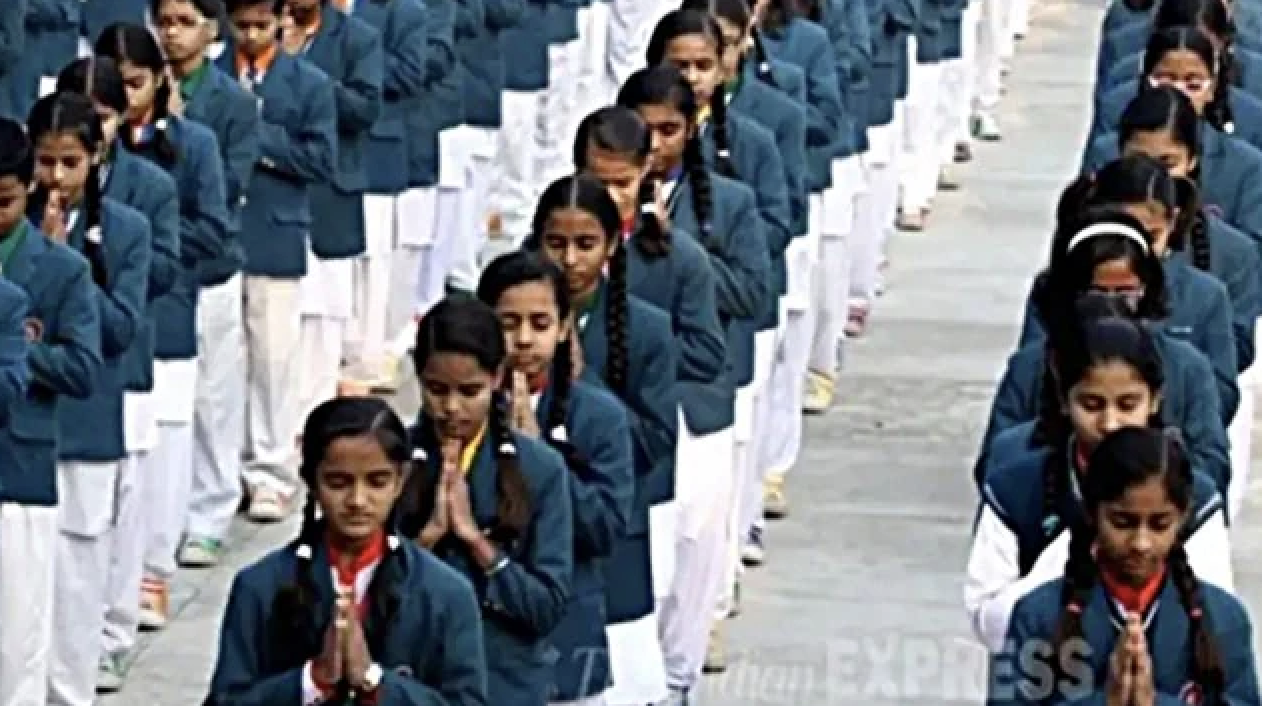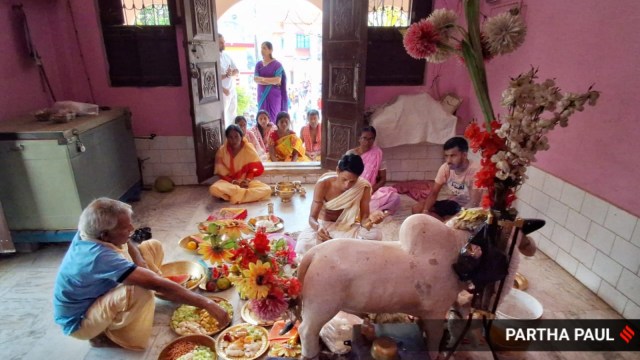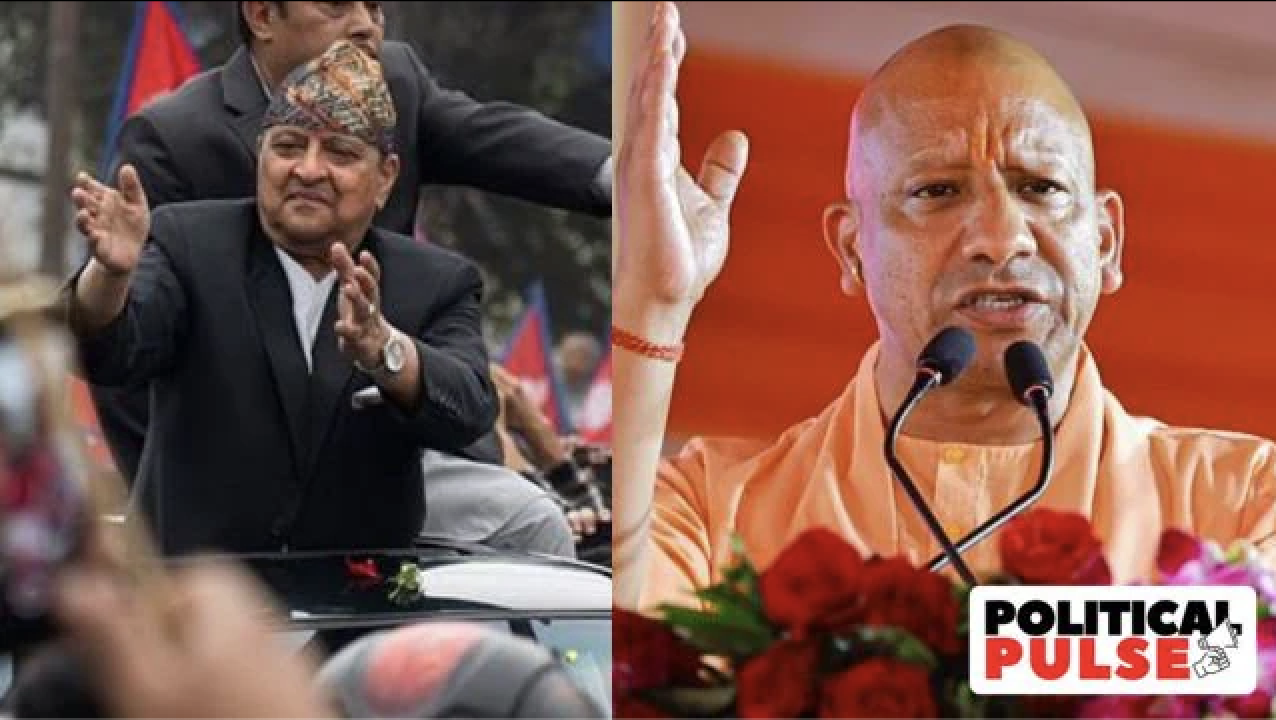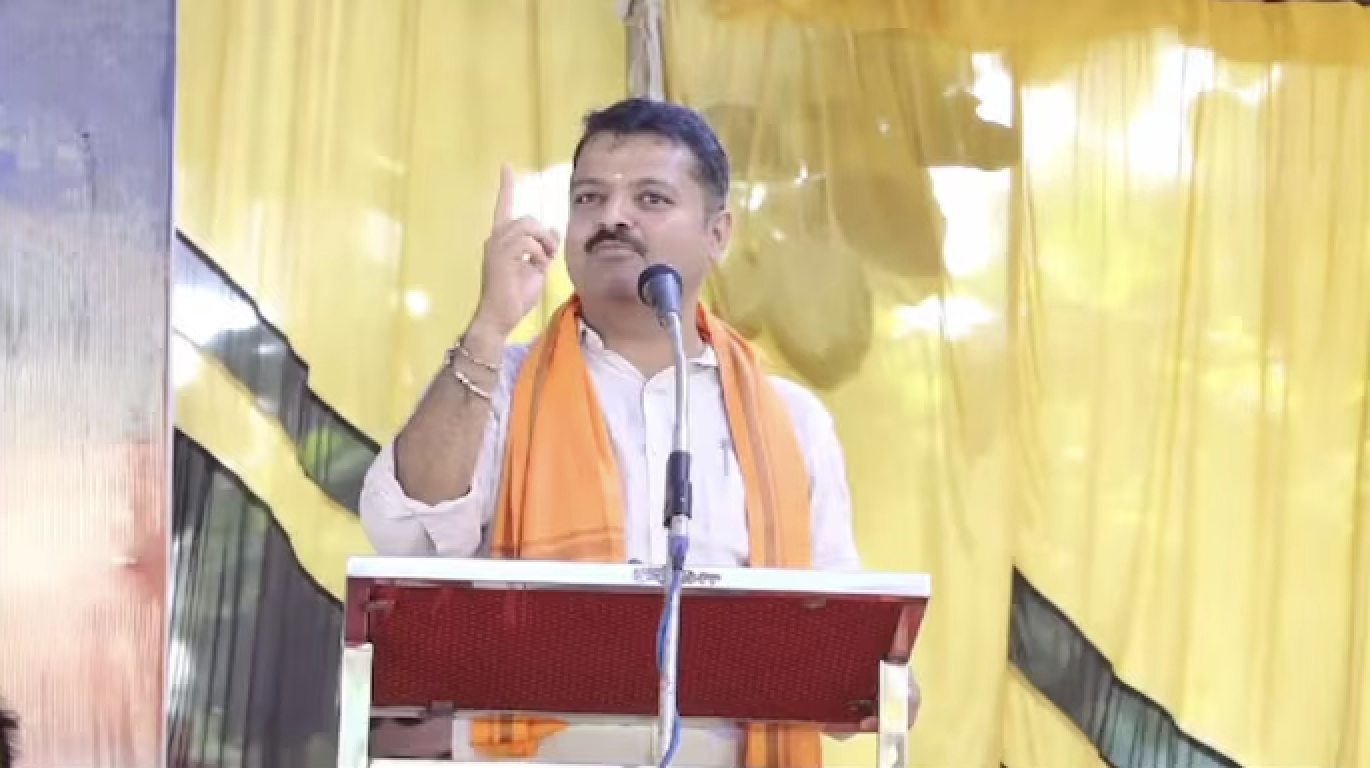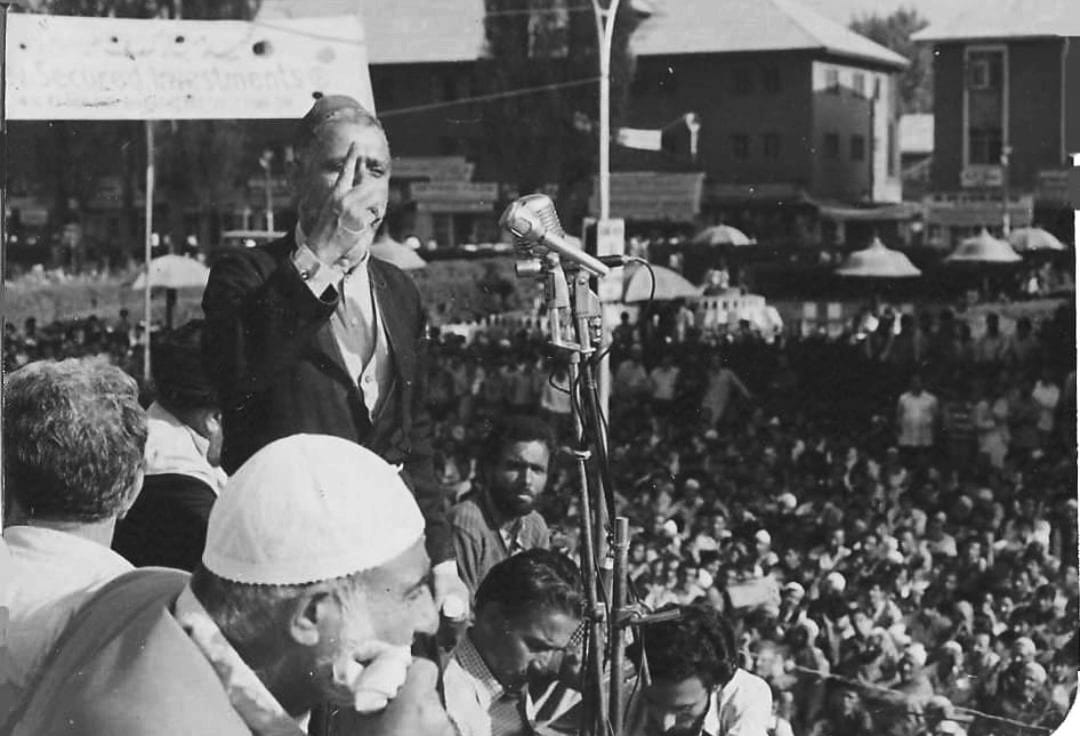
By
Srinagar: On August 5, 2019, when Jammu and Kashmir was stripped of its semi-autonomous status, and the erstwhile state was divided into two Union Territories-JK and Ladakh, the Government of India (GoI) claimed that abrogation will bring ‘development’ in the conflict-ridden region.
However, according to a report by Forum For Human Rights in Jammu and Kashmir titled TWO YEARS OF LOCKDOWN: Human Rights in Jammu and Kashmir, August 2021, the “situation in Jammu and Kashmir worsened” between 2019-2021 while “civilian fatalities rose” in 2019 and 2020 in JK.
In the year 2021, there was a “reduction in the fatalities”, the report said quoting the available data with the Forum.
After the abrogation, there is “an increase in counter-insurgency operations” in the valley from 2020-2021, it said.
The Centre Reserve Police Force (CRPF) Director-General Kuldeep Singh on 18 March 2021, stated that the incidents of stone-pelting had reduced by 87% in 2020 as compared to 2019.
However, the report said on 3 April 2021, 10 youth were arrested in Kakapora area of Pulwama district of South Kashmir for involvement in “stone-pelting”.
275 military operations took place and 378 arm recoveries were made by the forces.
Financial figures, as per the Forum’s report, reveal that more expenditure was spent in the fiscal year 2019-2021 for the Indian Army in JK.
On June 24, 2021, the General Officer Commanding (GOC) of Srinagar based 15 Corps, Lieutenant-General DP Pandey, stated that militancy in JK had seen a 50% drop, including criminal activity inflicted from across the border, due to the ceasefire holding for the foregoing three to four months.
In the year 2021, using of drones by locals was banned in the state because of the increase in the sighting of drones on the sides of the border.
According to Vijay Kumar, Inspector General of Police Kashmir, the use of IEDs and other ordinances is on the rise by the militant outfits.
“Crackdowns on suspected militant activities have intensified, with raids by the NIA along with armed forces as well as houses of Kashmiri human rights activists and journalists were also raided from last year,” the report said.
The report said that Jammu and Kashmir Police have “continued to make questionable arrests” in the valley.
On May 5, 2021, 21 people were “arrested for pro-Palestinian demonstrations” protesting Israeli strikes on Gaza including graffiti artist Mudasir Gul.
“Allegations of abuse by armed forces also continue despite appeals made by human rights bodies,” the report said, adding “On February 22, 2021, the SOG of the JK Police, along with the CRPF, conducted surprise ID checks in Lal Chowk of Srinagar, cordoning off the area and civilians were made to line-up and were frisked before leaving”.
The Pegasus spyware leaked a database of around 25 Kashmiri journalists, politicians, businessmen, and human rights activists who were on a list of potential targets of surveillance between 2017 and mid-2019, the report said.
“And also mobiles phones of youth are frequently checked by armed forces on the roads, breaching the privacy of a person.”
It said: “Social media accounts of Kashmiri are kept under surveillance by cybercrime police and social media accounts of some people and organizations are also restricted across the region”.
In February 2021, the report said, a division bench of the Jammu and Kashmir High Court ordered the administration to report measures taken to identify and deport illegal immigrants from the neighbouring countries of Myanmar and Bangladesh.
The home department of JK estimates the number of Rohingya refugees to be around 8,000 in three dozen locations in the state, it said.
United Nations Secretary-General Antonio Guterres on May 2021 highlighted the “use of pellet guns against children and youth” in Kashmir as a major concern.
Guterres pointed that “39 children had been injured by pellet guns in Kashmir; children were also tortured in detention”.
He also urged the Indian government to improvise juvenile justice legislation among all protective provisions.
The report said that there has been “an equal impact of conflict on women as well because of detention or torture or disappearances of their children, sibling, husbands, and father”.
Even women in the valley have also faced “harassment by armed forces”. In tough times, the report said, women cannot afford to buy basic necessities for their children or fulfill their needs because of financial conditions due to the detention of their husbands.
Some of the women are stigmatized when they return back to their maternal homes, the report said.
The report said one of the incidents is from Anantnag of South Kashmir; Ishrat whose husband was “arrested under suspicion of unlawful activities was drained financially by attempting to secure her husband’s bail/release”.
She was sent back to her maternal home by her in-laws, upon which her family was stigmatized for the return of a married daughter which directly or indirectly affected the mental health of her because of social vulnerabilities and regular visits of police adds more vulnerabilities in their lives, the report said.
The report added that after a probe into the Roshni scam, a number of petitions were called upon the Jammu and Kashmir High Court to adjudicate whether to freehold and proprietary grants given to individuals before the Roshni act was revoked.
In May 2021, Judge Ali Mohammad Magrey and Justice Vinod Koul ruled that the government could not take shelter under the Roshni verdict to challenge the right of lessees who have obtained proprietary rights under a different scheme that was not associated with the Roshni act, the report said.
“Many land owners protested against the illegal occupation of their grass fields by the armed forces. Two of the incidents came from different districts of Kashmir, one from Anantnag of Kashmir and another from Samba,” the report said.
A farmer protested when BSF proposed to “acquire his 515 kanals of land for setting up location points for BSF personnel” in Samba, following the protests, the administration rejected the proposal, saying such large land cannot be allotted to them, instead of that they were told to identify a piece of land for their requirement.
Even residents of Shangus Tehsil of Anantnag also “alleged that their grazing land was illegally occupied by CRPF personnel”.
“Without notifying the nomadic tribe in Jammu and Kashmir, their shelters were demolished, forcing their eviction from the forests. The then, the tribal affairs department of JK identified 14 routes for nomadic tribes on which proper migratory facilities would have been provided,” the report added.
Meanwhile, domiciles were given to the non-residents of the states which can lead to demographical changes in the state.
However, displaced Kashmiri Pandit groups complained that the government supporting their return is as sluggish as prior to vitiation of Article 370. They have been saying that the government has failed to resettle them here in the valley, it said.
In the year 2010, the report said Omar Abdullah announced a policy called “rehabilitation policy”, according to that ex-militants were told to return to the state with their families and the policy stated that returnees would be eligible for consideration under the aforementioned policy.
The report said since the return, they have been living a miserable life as the government of India has denied their basic rights here in the valley and the wives of them cannot return to their maternal homes to meet their families there in Pakistan as the “noora visa” or permission from the government isn’t given to them.
The only demand of the Pakistani wives is “citizenship” so that they can live a happy life ahead and secure the future of their children.
After the abrogation, the government of India “enhanced the restrictions on media and reportedly there is a continuous attack in the form of threats, intimidations and harassment on the media bodies as well as on the journalists after the introduction of new media policy which has constricted the work of local media”.
The Jammu and Kashmir information and Public Relations department in April 2021, inspected media houses in Srinagar for verification of the office, infrastructure, publication, printing details, and staff verification.
The verification was done in order to see “are publications running their newspapers professionally”.
In the same month, media persons were directed to not to visit the sites where military operation against militants is taking place or law and order situations by the Inspector-General of Police Kashmir Vijay Kumar as it could put their lives in danger while covering the whole situation.
However, the Editor of Guild and other media bodies called it “draconian and undemocratic” as media is the fourth pillar of democracy.
“And also media bodies and journalists have self-censored their work for fear of bad consequences from the government or face backlash. Several journalists were seen beaten by the police officials while performing their professional duties, two of them are Saqib Majeed and Shafat Farooq.”
Another journalist is in prison for more than 1000 days for his work namely Aasif Sultan. Even FIRs were filed against journalists for their works.
As part of a new recruitment policy, the administration has mandated the government employees should submit their details of social media details for scrutiny by the JK Police.
Two years of lockdowns and new methods introduced in the state have alienated the people from their own homeland. People of the valley are hopelessly hoping for a better and secure future for the upcoming generation.
Pertinently, on this day two years ago, after Kashmir was locked down with virtually no contact with the outside world, the special status of the erstwhile was nullified. The days that followed saw Kashmir seethe with anger. As a continuing mark of protest, all schools, business establishments, and trade remained virtually shut across the Valley. Even normal economical activity became a bone of contention.
On August 4, more than 6000 Kashmiri politicians, dissidents, journalists, and youth across the state were arrested, the Forum report said.
Thereafter, a complete communication blackout, shutting down cable Tv, landlines, mobile phones and the snapping of high-speed internet was ordered by the government, followed by strict curfew and heavy deployment of armed in the valley.
The restrictions continued for six months in the year 2019 leaving the people of the state in a dilemma and state of despair. After life was returning to track, there was a breakdown of coronavirus all over the world, resulting in a pandemic and once again lockdown was imposed in Jammu and Kashmir in the year 2020, life crippled again since then the lockdown is lifted intermittently.
In a meantime, the Government of India has taken a series of steps that nullify the state’s residency laws and denial of the legal right of habeas corpus, bail, and speedy trial and introducing of new media policies, followed by booking of journalists under draconian laws constricting local media bodies, it said.
In 2020, most of the Kashmiri political leaders, journalists and youth have been released in small numbers through the year, some remain imprisoned in different jails of India, the report said. However, the court continues to ignore habeas corpus and the protection of freedom of speech in the valley.
Due to double lockdowns, the economy of the state has sharply declined and there is an increase in the number of “unemployment, even several industries have got bankrupted”.
In the year 2021, the arrival of tourists to the valley showed a sign of hope to the tourism department but due to the outbreak of the second wave of coronavirus, it once again put a halt on the arrivals as the tourism industry suffered over a loss of more than 150 crores in the year 2020, first due to the lockdown aftermath of abrogation and now the pandemic. The tourist industry gives livelihood to around 32,000 people.
In 2021, according to the Centre for Monitoring for Indian Economy (CMIE), there is a decline in the employment rates in JK, the region stood at 21.9, which is pertinently the “highest unemployment rate”.
This story first appeared on freepresskashmir.news


